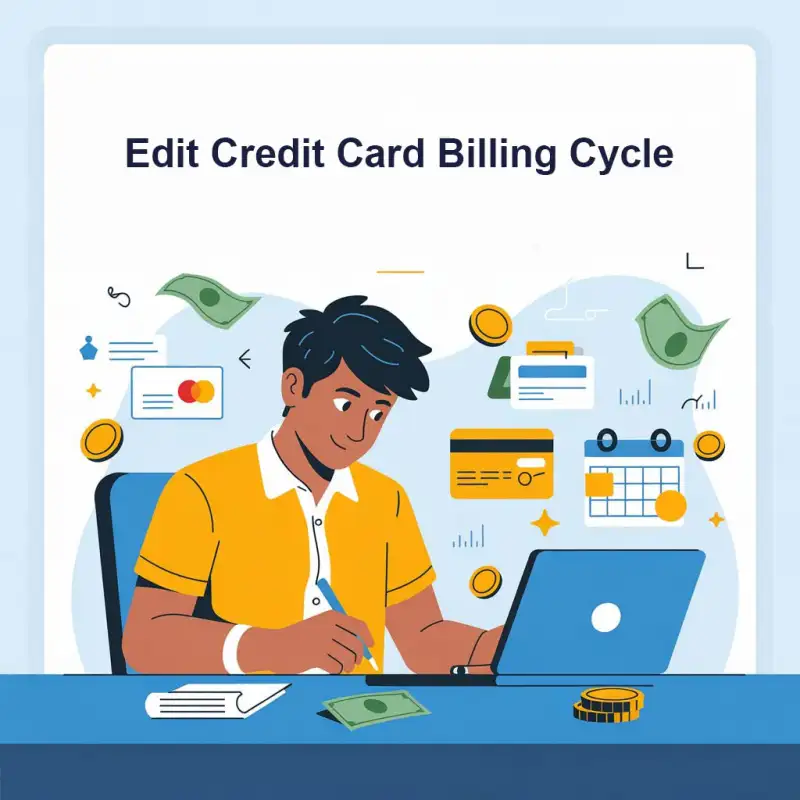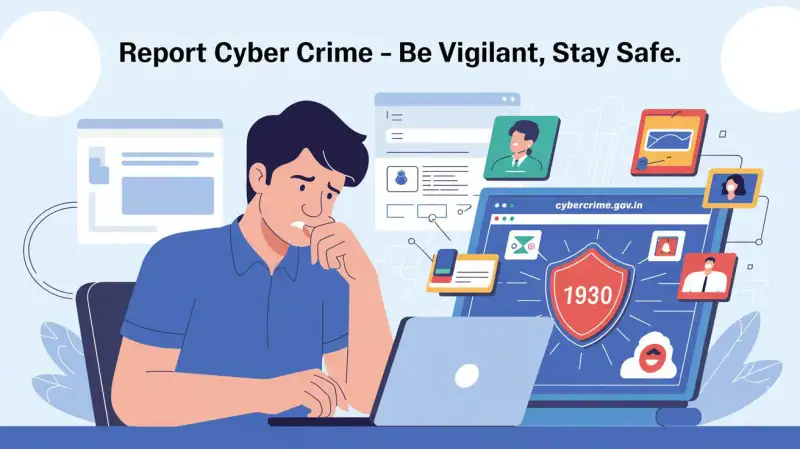Free Advertising For Small Business - Digiforum Space
Share
Facebook X LinkedIn Tumblr Pinterest Pocket Skype Messenger Messenger ViberIn today’s fiercely competitive business landscape, small businesses often face the challenge of limited marketing budgets. They must find innovative ways to promote their products or services without breaking the bank. Fortunately, there’s a hidden gem in the world of marketing that can provide substantial benefits without costing a dime: free advertising for small businesses.
In this comprehensive guide, we’ll explore the various avenues of free advertising and reveal how small businesses can harness this powerful tool to increase their visibility, attract new customers, and ultimately thrive in their respective industries.
Before delving into the world of free advertising, it’s crucial to understand why advertising is so important for small businesses. In a nutshell, advertising serves as the bridge that connects your products or services with potential customers. It increases brand awareness, drives traffic, and ultimately, boosts sales. For small businesses, where every dollar counts, maximizing the impact of advertising is essential.
Related Article
- Digital Marketing Services for Small Businesses
- Best Online Advertisers: Spotlight on NSK Multiservices
- PPC Advertising Cost: A Beginner Guide
- Digital Marketing for Indian Politicians – Succed with 8 Tips
- PPC Online Advertising Service
1) Leveraging Social Media
In the digital age, social media platforms have become a goldmine for free advertising opportunities. Sites like Facebook, Instagram, Twitter, and LinkedIn provide small businesses with the perfect stage to showcase their products or services to a global audience without spending a dime. Here’s how you can leverage these platforms effectively:
a) Create engaging content:
Harness the visual allure of eye-catching images, which have the power to paint a thousand words with a single glance. Infographics, with their unique ability to distill complex information into digestible, visually pleasing tidbits, can be the key to unlocking the comprehension of even the most intricate subjects. And in the era of video dominance, the dynamic appeal of moving images should not be underestimated. Videos can breathe life into your message, enabling you to tell a story in a way that resonates deeply with your followers.
b) Interact with your audience:
Engaging with your audience doesn’t merely involve responding to their words; it entails a deeper commitment to understanding their needs, concerns, and aspirations. It’s about being present, empathetic, and attuned to the nuances of their communication. This active listening and interaction lay the foundation for genuine connection.
c) Use relevant hashtags:
Social media and digital marketing, the strategic use of hashtags has emerged as a potent tool to propel your content into the spotlight and broaden its reach. By incorporating a judicious selection of popular and pertinent hashtags into your posts, you not only enhance your content’s visibility but also unleash the potential to captivate a broader and more diverse audience.
d) Collaborate with influencers:
Dynamic landscape of digital marketing and brand promotion, the concept of collaboration with influencers has risen to the forefront as a transformative strategy. It’s not merely an option; it’s a potent avenue that allows you to partner with influential figures within your niche, individuals who possess the unique ability to introduce your products or services to their dedicated and engaged following.
2) Content Marketing: Blogging and SEO
Blogging is a powerful tool that can drive organic traffic to your website. By creating informative, valuable, and relevant content, you can improve your search engine rankings and attract visitors who are genuinely interested in your offerings. Here’s how to get started with content marketing:
- Identify your target audience and their pain points.
- Create a content calendar to plan your blog posts.
- Optimize your blog posts for search engines (SEO) by using relevant keywords.
- Share your blog posts on social media and encourage readers to share them as well.
- Engage with your audience by responding to comments and questions.
3) Online Directories and Local Listings
n the expansive realm of digital marketing, there exists a well-kept secret that, when harnessed effectively, can provide a veritable goldmine of free advertising, particularly for brick-and-mortar businesses. Online directories and local listings, often overshadowed by more glamorous marketing strategies, hold the potential to significantly elevate your online visibility and draw a stream of eager customers to your doorstep.
The first step in this marketing odyssey involves the claiming and optimization of your business profiles on a variety of platforms, the likes of which include the renowned Google My Business, the trusted Yelp, and the venerable Yellow Pages. By asserting your presence on these digital platforms, you’re effectively planting a flag that announces your readiness to engage with a vast online audience.
4) Email Marketing
The strategic building of a robust mailing list, comprising both loyal customers and potential clients, can be the key to unlocking a world of targeted promotions, informative updates, and engaging newsletters, all without incurring the substantial advertising costs that other channels often demand.
The art of email marketing lies not only in the ability to send messages but in the craft of delivering content that is truly engaging and valuable to recipients. It’s a nuanced dance of providing information that not only piques their interest but also caters to their specific needs and preferences. Each email is an opportunity to create a connection, foster trust, and position your business as a reliable source of solutions.
5) Referral Programs and Word-of-Mouth
One of the most potent yet often underutilized strategies is tapping into the power of your existing customer base. This ingenious approach can not only generate free advertising but also cultivate a thriving ecosystem of brand advocates. The key to this lies in the implementation of a well-crafted referral program, where satisfied customers become your most ardent promoters by referring new clients. In return, they are rewarded with discounts or enticing incentives, creating a mutually beneficial arrangement that forms a true win-win situation.
The magic of word-of-mouth marketing, orchestrated by your delighted customers, is an invaluable asset that can pave the way for a continuous stream of new business. It’s not just a strategy; it’s a force of nature in the business world. When customers are not only content with your products or services but also motivated to share their positive experiences with friends, family, and colleagues, a powerful chain reaction is set in motion.
6) Community Engagement
Actively participating in your local community isn’t just a virtuous endeavor; it’s a strategic move that can unlock a wealth of free advertising and bolster your brand’s reputation. By immersing yourself in the vibrant tapestry of local life, you can forge connections, create goodwill, and ignite a powerful engine of positive word-of-mouth advertising.
The avenues for community engagement are as diverse as the communities themselves. Whether it’s attending local events, sponsoring community initiatives, or rolling up your sleeves to participate in activities that align with your business values, the possibilities are endless. The key is to invest your time and resources in endeavors that resonate with the spirit of your brand and reflect its commitment to the community’s well-being.
7) Collaborations and Partnerships
By joining forces with like-minded businesses or individuals within your industry, you unlock a treasure trove of opportunities for cross-promotion and mutual growth. This synergy isn’t just about adding a feather to your cap; it’s about expanding your reach and introducing your products or services to a broader and more diverse audience.
The key to successful collaborations lies in identifying businesses or entities that complement your own. Seek out those whose offerings align harmoniously with your own, creating a partnership that’s not only logical but also mutually beneficial. This alignment can be the cornerstone of a prosperous and enduring collaboration.
8) Harnessing User-Generated Content
Digital marketing, user-generated content emerges as a priceless gem, especially for small businesses looking to make a significant impact. The strategy is simple yet immensely effective: encourage your customers to share their experiences with your products or services on various platforms, be it social media or reviews. The magic of user-generated content lies in its authenticity; it’s not just testimonials but a vibrant tapestry of your customers’ voices, offering invaluable insights, trust, and, most importantly, free advertising that can be harnessed across your marketing channels.
The true beauty of user-generated content is its power to build an organic and fervent community around your brand. It transforms your customers from mere consumers into brand advocates, willing to share their positive experiences with an eager audience. It’s a testament to the excellence of your offerings and a clear sign that your brand resonates with your customers on a personal level.
FAQs – Frequently Asked Question
Q. What is free advertising, and why is it essential for small businesses?
Ans. Free advertising refers to promoting your business without incurring costs. It is vital for small businesses because it allows them to increase their visibility and reach a broader audience without depleting their limited marketing budgets.
Q. How can social media be used for free advertising?
Ans. Small businesses can use social media platforms like Facebook, Instagram, Twitter, and LinkedIn to create engaging content, interact with their audience, use relevant hashtags, collaborate with influencers, and build a strong online presence at no cost.
Q. What is content marketing, and how does it work for small businesses?
Ans. Content marketing involves creating valuable, relevant content to attract and engage your target audience. For small businesses, blogging and SEO (search engine optimization) can drive organic traffic, improve search engine rankings, and promote products or services without additional expenses.
Q. Are online directories and local listings really effective for free advertising?
Ans. Yes, online directories like Google My Business, Yelp, and Yellow Pages are effective for free advertising. Optimizing your business profiles on these platforms increases online visibility and provides potential customers with essential information about your business.
Q. How can small businesses make the most of email marketing without incurring costs?
Ans. Small businesses can build and maintain a mailing list of customers and potential clients to send targeted promotions, updates, and newsletters at no extra expense. Creating engaging and valuable content in emails can lead to a higher return on investment.
Q. What is a referral program, and how can it benefit small businesses?
Ans. A referral program encourages satisfied customers to refer new clients in exchange for discounts or incentives. This can generate free advertising by leveraging word-of-mouth marketing and creating a continuous stream of new business.
Q. Why is community engagement an important aspect of free advertising for small businesses?
Ans. Being an active member of your local community enhances your brand’s reputation and generates positive word-of-mouth advertising. Participating in local events, sponsoring community initiatives, and supporting activities aligning with your business values can be highly beneficial.
Q. How can small businesses establish successful collaborations and partnerships for free advertising?
Ans. Collaborating with complementary businesses or individuals in your industry can lead to cross-promotion opportunities. This synergy can expand your reach and introduce your products or services to a broader audience through joint events, campaigns, or content sharing.
Q. What is user-generated content, and why is it valuable for small businesses?
Ans. User-generated content is content created by your customers, such as reviews, testimonials, and social media posts about their experiences with your products or services. It provides authentic endorsements and serves as free advertising that can be leveraged across your marketing channels.
Q. What’s the key takeaway for small businesses considering free advertising strategies?
Ans. Small businesses should remember that free advertising is cost-effective but requires time, effort, and consistency. Focus on strategies that align with your target audience and business goals, and with dedication and creativity, you can unlock the full potential of free advertising to pave the road to success in your industry.
Conclusion:
In the competitive world of small businesses, free advertising can be the difference between thriving and merely surviving. By harnessing the power of social media, content marketing, online directories, email marketing, referral programs, community engagement, collaborations, and user-generated content, small businesses can achieve remarkable results without breaking the bank.
Remember that while free advertising is cost-effective, it still requires time, effort, and consistency. The key is to focus on strategies that align with your target audience and business goals. With dedication and creativity, small businesses can unlock the full potential of free advertising, ultimately paving the road to success in their respective industries.
Copy URL URL Copied
Send an email 20/01/20240 85 6 minutes read
Share
Facebook X LinkedIn Tumblr Pinterest Pocket Skype Messenger Messenger ViberShare
Facebook X LinkedIn Tumblr Pinterest Reddit VKontakte Odnoklassniki Pocket Skype Share via Email Print





